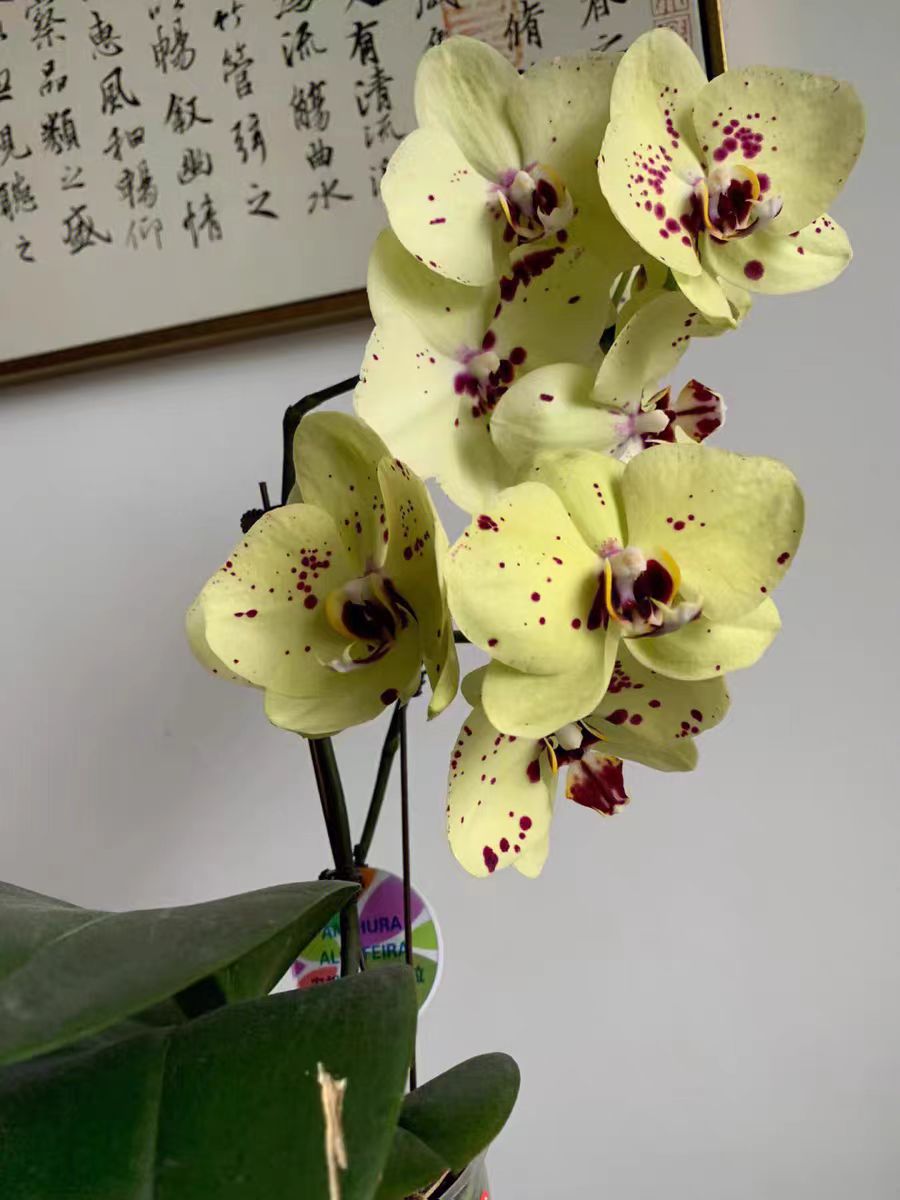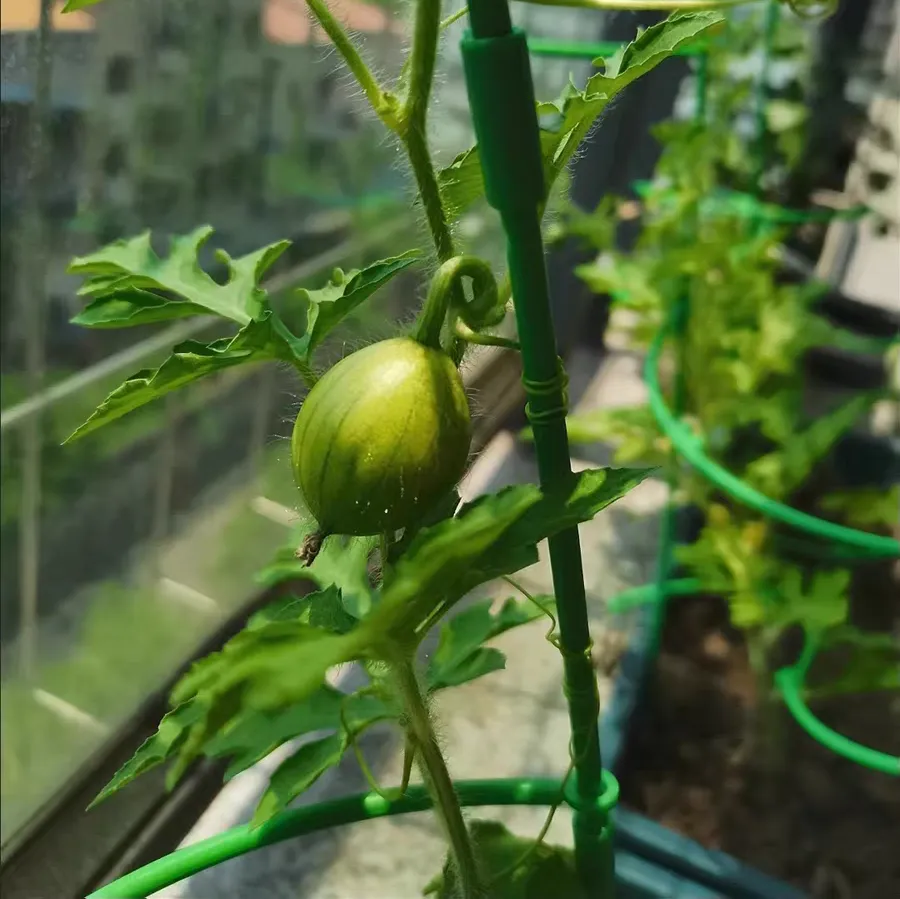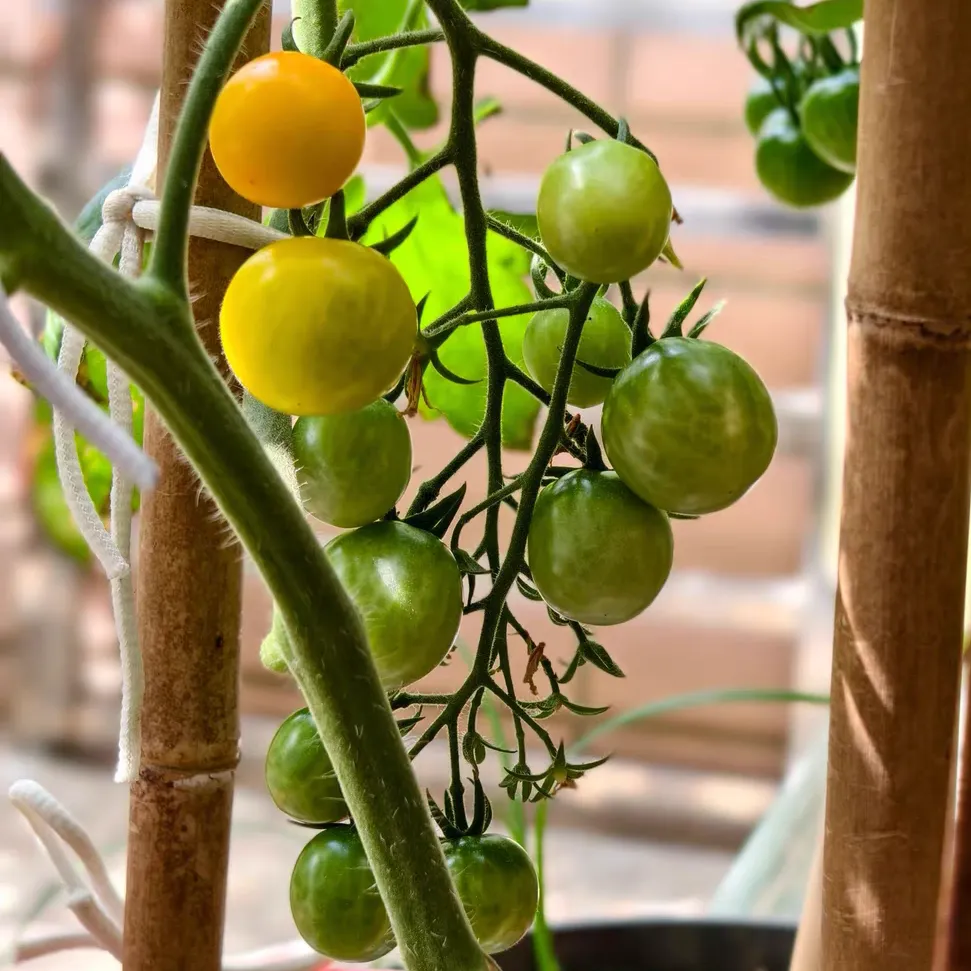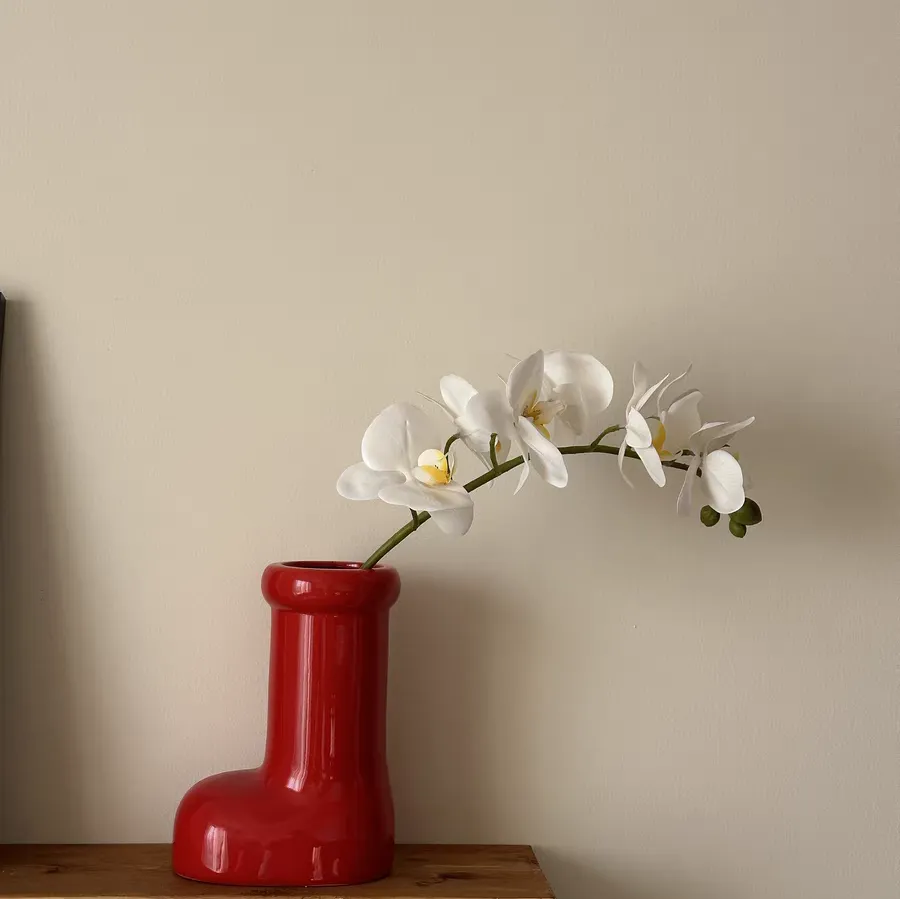Phalaenopsis is a highly favored ornamental flower. Reasonable pruning can not only shape the plant into an aesthetic form but also promote its healthy growth and secondary blooming. Mastering the correct pruning methods and the techniques for promoting bud growth after pruning is the key to successfully cultivating Phalaenopsis.
Pruning Methods for Phalaenopsis
Post - flowering Pruning: After the Phalaenopsis flowers wither, the withered flowers and flower stems should be pruned in a timely manner. For plants that are not planned to bloom again in the current year, the flower stem can be obliquely cut with a sterilized sharp scissor at 1 - 2 nodes upward from the base of the flower stem. This can reduce nutrient consumption, prevent diseases and pests caused by the rotting of withered flowers, and save energy for the subsequent recovery and growth of the plant. If you hope that the Phalaenopsis will bloom again in a short period, 3 - 4 nodes in the middle - upper part of the flower stem can be reserved, and it is cut at 0.5 - 1 centimeter above the internodes. Because there may be latent buds in these internodes, reserving a certain length of the flower stem provides an opportunity to promote the germination of latent buds, and then new flower branches will grow, achieving secondary blooming.
Routine Pruning: In the process of routine maintenance, if there are yellow, withered, diseased, or weak leaves on the Phalaenopsis, they should be cut off from the base in a timely manner to prevent the spread of diseases and the waste of nutrients. For leaves that are too densely grown, they can be properly thinned to improve the ventilation and light - transmission conditions inside the plant and reduce the risk of diseases and pests. In addition, when the plant has overly long aerial roots that affect its appearance or growth, they can be moderately pruned according to the actual situation, but attention should be paid to avoid damaging the healthy roots.
How to Promote Bud Growth after Pruning Phalaenopsis
Wound Treatment: After pruning, the wound should be treated immediately. Apply carbendazim or plant ash to the wound to play a role in sterilization and disinfection, preventing germs from invading through the wound and causing infection. After the wound is treated, place the plant in a well - ventilated environment with diffused light, avoid getting the wound wet, and wait for the wound to heal naturally.
Appropriate Maintenance Environment: In terms of temperature, Phalaenopsis likes a warm environment. Keeping the ambient temperature at 18 - 28°C after pruning is beneficial to the germination of new buds. Too high or too low a temperature will affect the plant's physiological activities and inhibit the growth of new buds. In terms of light, provide sufficient but not too strong diffused light to avoid direct sunlight from burning the plant and affecting germination.
Water Management: Water management is also of great importance. Keep the planting medium slightly moist and avoid waterlogging, which may lead to root rot. When watering, try not to water the wound. The pot - soaking method or slow watering along the edge of the flowerpot can be adopted. At the same time, maintain a high air humidity. The humidity can be increased by spraying around the plant, but be careful to avoid water droplets staying on the leaves and wounds for a long time.
Reasonable Fertilization: The Phalaenopsis after pruning needs to be supplemented with nutrients to promote the growth of new buds. After the wound heals, a thin liquid fertilizer can be applied every 1 - 2 weeks, such as well - rotted cake fertilizer water or a special orchid nutrient solution. Follow the principle of "applying thin fertilizers frequently" to avoid burning the roots with concentrated fertilizers. The fertilizer should be rich in elements such as nitrogen, phosphorus, and potassium. Among them, nitrogen fertilizer can promote the growth of leaves and new buds, and phosphorus - potassium fertilizer is helpful for root development and flower bud differentiation.
Through the correct pruning methods and scientific maintenance management, Phalaenopsis can germinate smoothly after pruning and regain its vitality. Whether it is to prolong the viewing period or promote the healthy growth of the plant, reasonable pruning and bud - promoting operations can make your Phalaenopsis show a more charming look.
How to Prune Phalaenopsis?

Share with
Tagged in :




Leave a Reply